If you’re new to technology, it can be difficult to know where to begin. There are numerous paths available to you, ranging from web development to web design to digital marketing, and every specialization imaginable. If you’re new to the scene, web design is a great place to start, but how do you become a web designer?
Becoming a web designer, like many other roles in technology, requires both the creative and analytical sides of your brain. Web design is a versatile career with numerous opportunities to specialize or pivot once you’ve found your passion.
What skills are required to become a successful web designer? In this article, we’ll go over the essential skills you’ll need to know to land a job as a web designer, as well as the soft skills that will help you stand out.
Let’s start with the technical aspects of becoming a web designer.
1. DESIGN VISUAL
It may appear obvious that design knowledge is required to be a web designer, but what exactly does this imply? Because web design is a subset of the larger field of visual design, it makes sense to begin there.
We teach visual design at Skillcrush because it focuses on digital products and prepares you to succeed in a variety of design careers, including web design. Learning visual design teaches you the fundamental design principles required to become a web designer.
One of the most important concepts for web designers to understand is design principles, which determine the look and feel of a site. They can include proportions, typography, grid systems, and color theory. Creating mood boards and type hierarchy, as well as experimenting with web fonts and color palettes, are all part of learning visual design.
2. UX
UX stands for user experience, or how people feel when they use a website (calm, frustrated, etc.). Above all, UX design is about approaching your designs from a user-friendly and user-first standpoint — how can you create a website design that assists them in getting exactly what they need?
To accomplish this, you will conduct user research and develop “personas” (profiles of imaginary ideal users). A site map will be used to organize the pages and content. In user flows, you’ll figure out the path users take on your site. Do they, for example, always go straight to social media? Or are they simply seeking contact information? You’ll use responsive design to accommodate various screen sizes and improve functionality for all users, regardless of device.
As a UX designer, you’ll create wireframes, prototyping, and templates to sketch out the key components of each webpage, including the user interface. All of these elements are required for effective user experience design.
3. SOFTWARE FOR GRAPHIC DESIGN AND WEB DESIGN
To do your job as a web designer, you need the right tools, just like any other craftsperson. Understanding web design and graphic design industry standards will be beneficial in all cases and critical in many. While designing a website in a web browser is possible, tools such as Adobe Photoshop, Adobe Illustrator, and Sketch are used in graphic design and web design for important job functions such as creating mockups, designing assets (think logos and images), and, of course, modifying and enhancing photos.
You should learn how to use them (though if you’re just starting out, try out a few free Adobe Photoshop alternatives instead).
4. HTML
Do you need to know how to code to become a web designer? You might not have expected web designers to know any code, but some technical knowledge is required — a basic understanding of HTML and CSS is expected for most design jobs nowadays. HTML is an abbreviation for HyperText Markup Language, which is a programming language used to place content on a web page and structure it on the front end. That is, it is the process of converting a collection of words into headlines, paragraphs, and footers. It’s also how you get “cool” content on a website, such as photos, videos, and graphics.
5. CSS
Then there’s CSS, or Cascading Style Sheets, HTML’s partner. CSS is a programming language that instructs browsers on how to format and style HTML for a web page. In other words, it is responsible for making all of the text and other content look good and have a design. With CSS, you can change the colors, fonts, and add a beautiful background — and so much more! This is where your design sense really shines, and where you can put your creative stamp on every site you create.
Pro tip: If you want to learn web design for free, HTML and CSS are excellent places to start. If you’re ready right now, we have a free coding camp for you. Otherwise, take a look at our collection of free coding resources.
JAVASCRIPT AS A BONUS
While you can code your designs using only HTML and CSS, if you can also program in JavaScript, you’ll have a significant advantage over the competition. JavaScript, a front end and back end programming language, allows you to make static elements on your website interactive. You can use JavaScript to create Twitter feeds that update automatically, websites that look different when you log in, image sliders, and much more!
Every Web Designer Requires Soft Skills
Now that you’ve mastered the design and technical aspects, all you need to do is add some soft skills to stay organized and effective in your web design work. These are the skills that most web designers swear by, so learn them now rather than later to save time.
6. MANAGEMENT OF TIME
To be a successful web designer, whether you want to learn web design to work for yourself or for a company, you must keep track of your schedule and projects. This can include learning productivity apps like task lists or calendars, or, if you work in a large organization, learning project management tools like Trello or JIRA. Whatever tools you use, mastering the art of prioritizing and tracking your work will be critical to your success (and sanity!) in the fast-paced world of web design.
7. COMMUNICATION ABILITIES
Staying in touch and communicating effectively are also essential skills for a designer. Building websites for a living requires excellent communication skills. You’ll need to keep clients informed of the status of their projects, as well as pitch ideas and explain your creations. You might even be asked to do some copywriting or editing for websites, especially if you’re a one-person operation. So practice your writing and presentation skills, and you’ll be able to communicate effectively with clients and coworkers.
8. SEARCH ENGINE OPTIMISATION / DIGITAL MARKETING / SOCIAL MEDIA
SEO (search engine optimization), digital marketing, and social media may appear to be more suited to marketers or salespeople than web designers. But, because the Internet is how so many businesses sell these days, you should understand them as well. Knowing the fundamentals of each and remembering them for both clients and your own sites will get you a long way in your web designer career.
9. CLIENT / BUSINESS MANAGEMENT
Understanding the bottom line will also help you as an employee or freelancer ensure that you or your company is profitable and sustainable. You are not required to return for your MBA, but you should be aware of your employer’s or your own business’s goals and finances so that you can use them to guide your work. And, if you design for clients directly, you should have a plan in place to ensure that your cash flow and project backlog are both healthy and manageable in the short and long term.




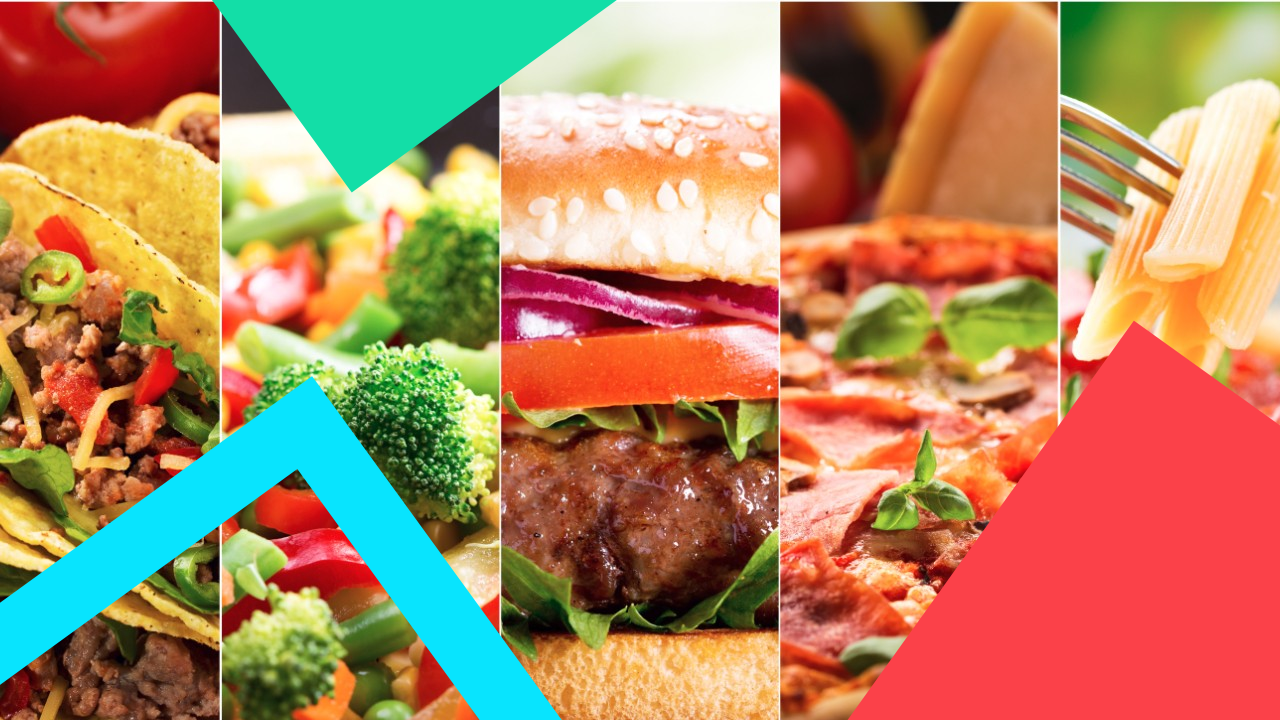
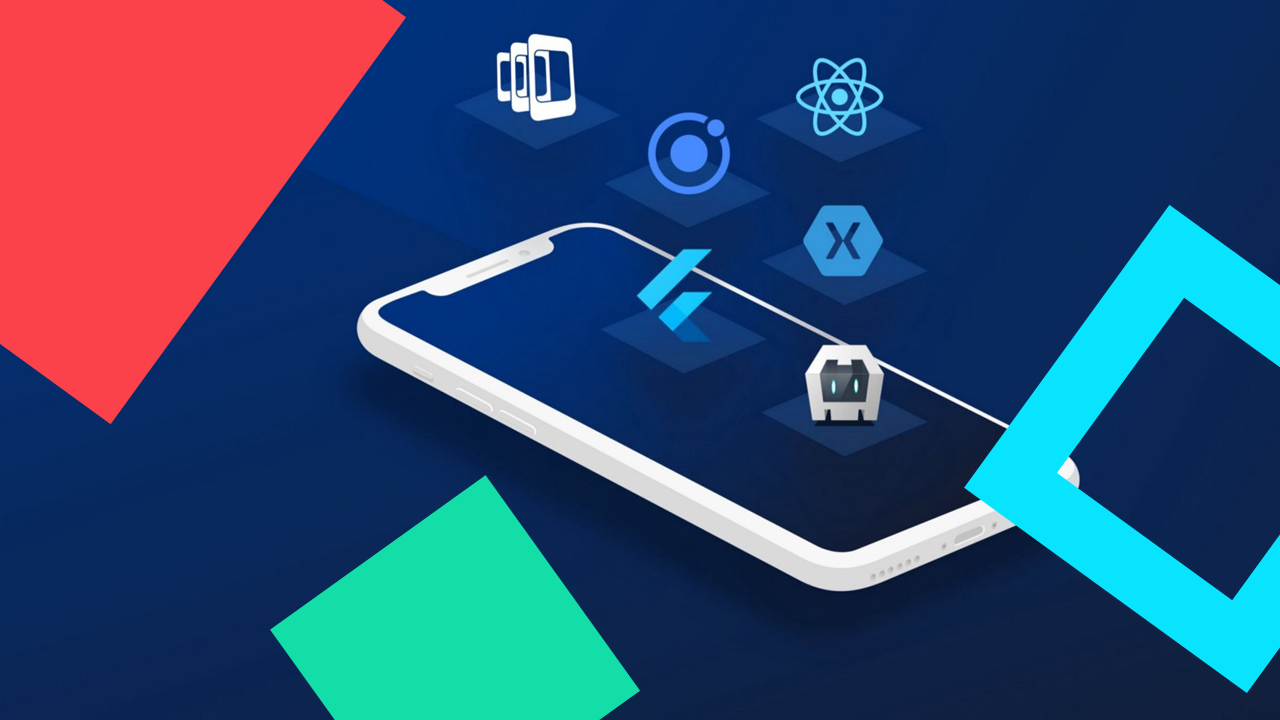
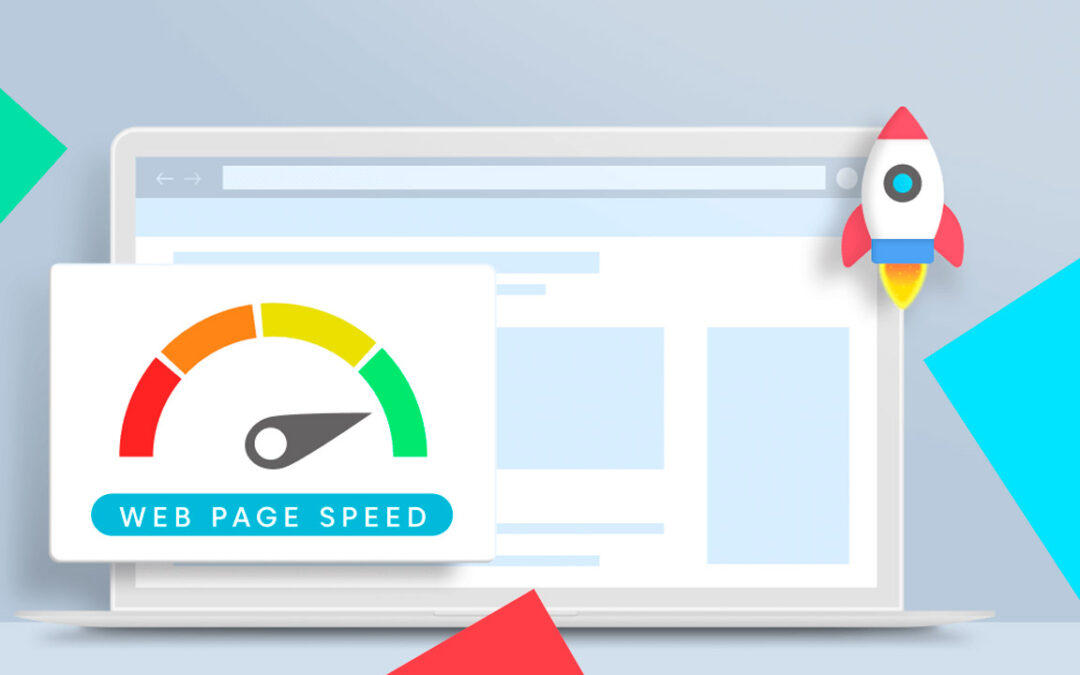
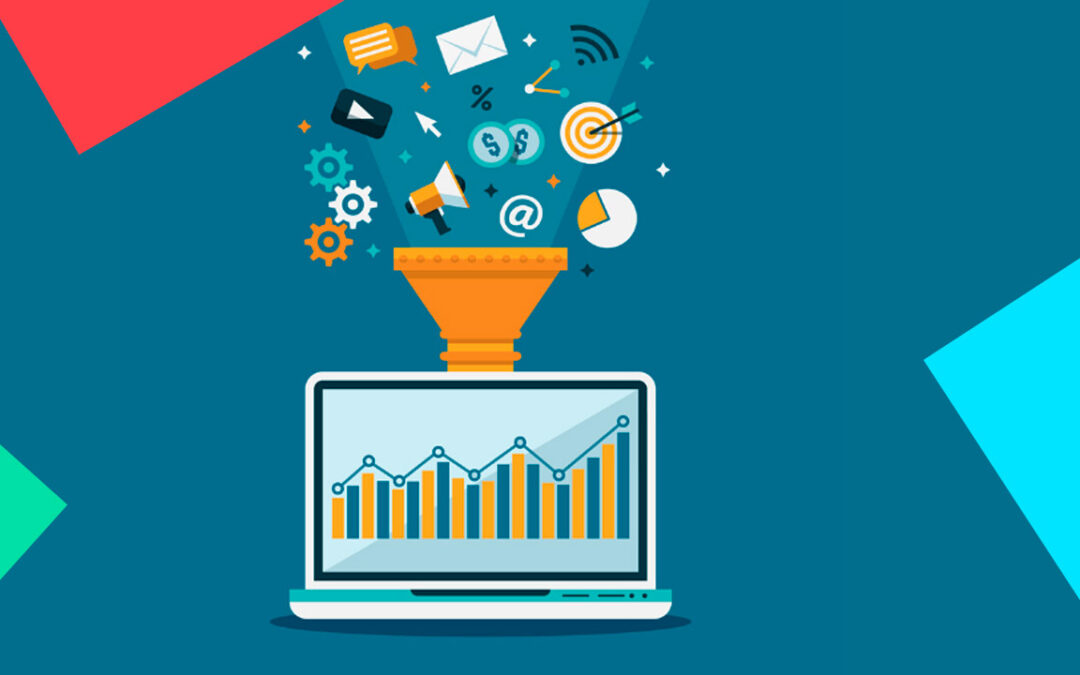
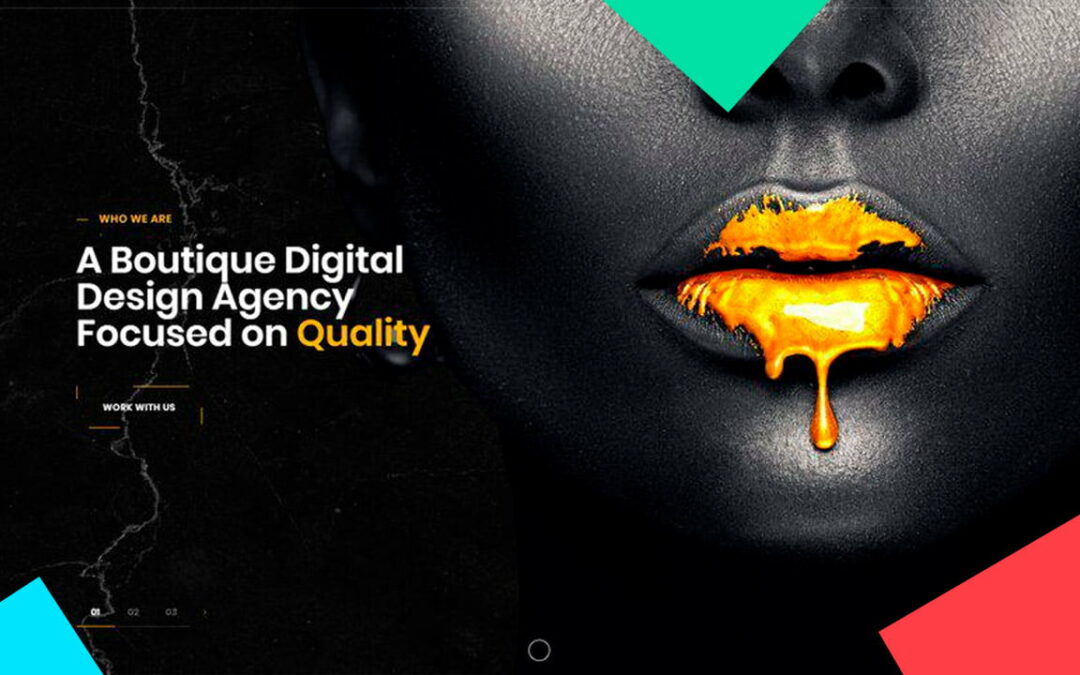
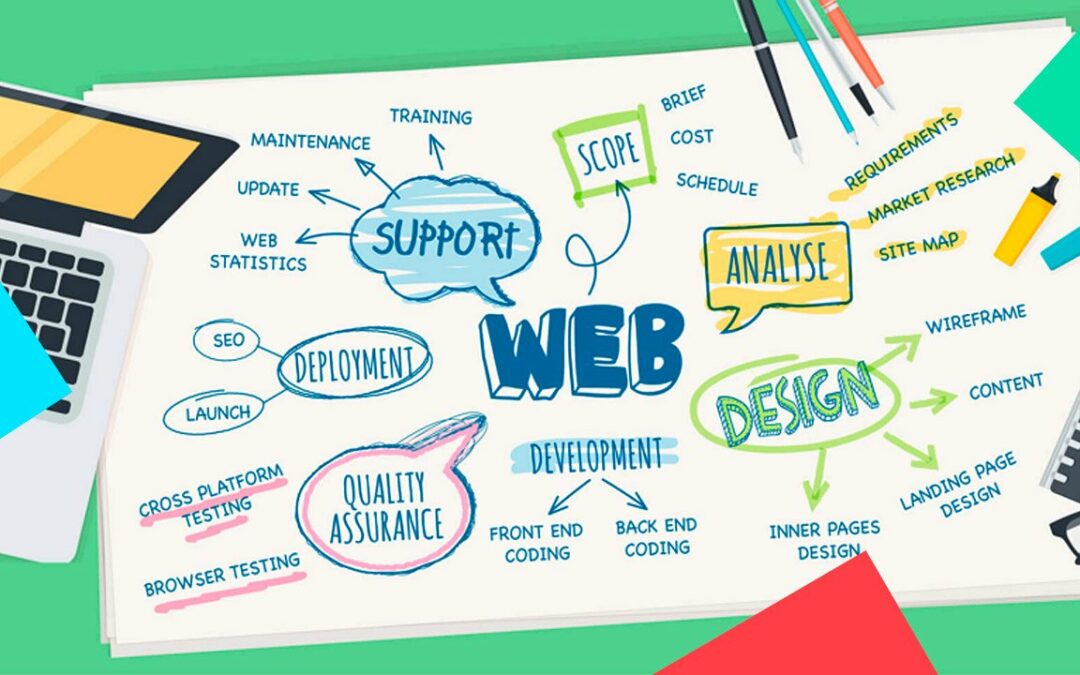


0 Comments